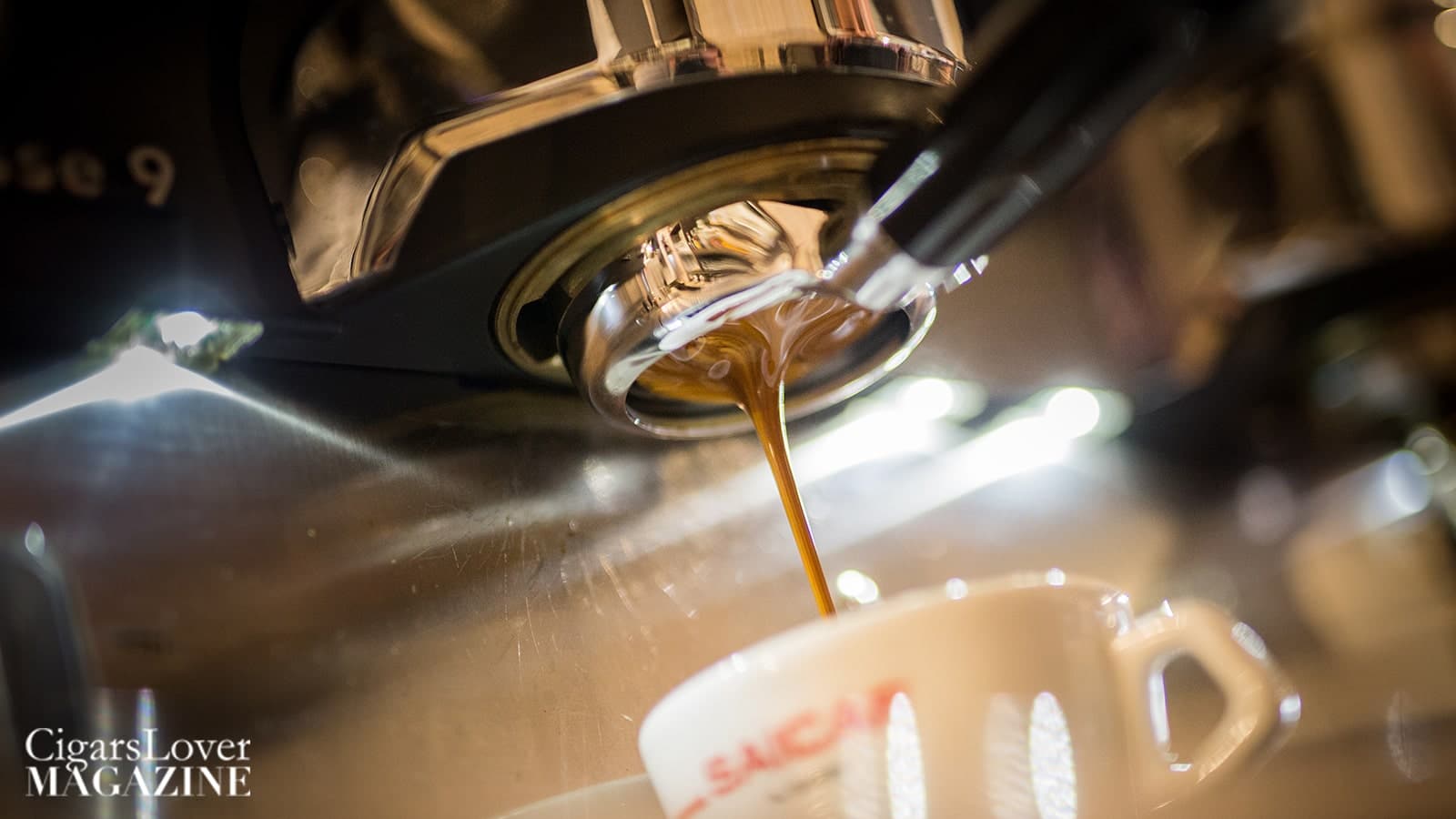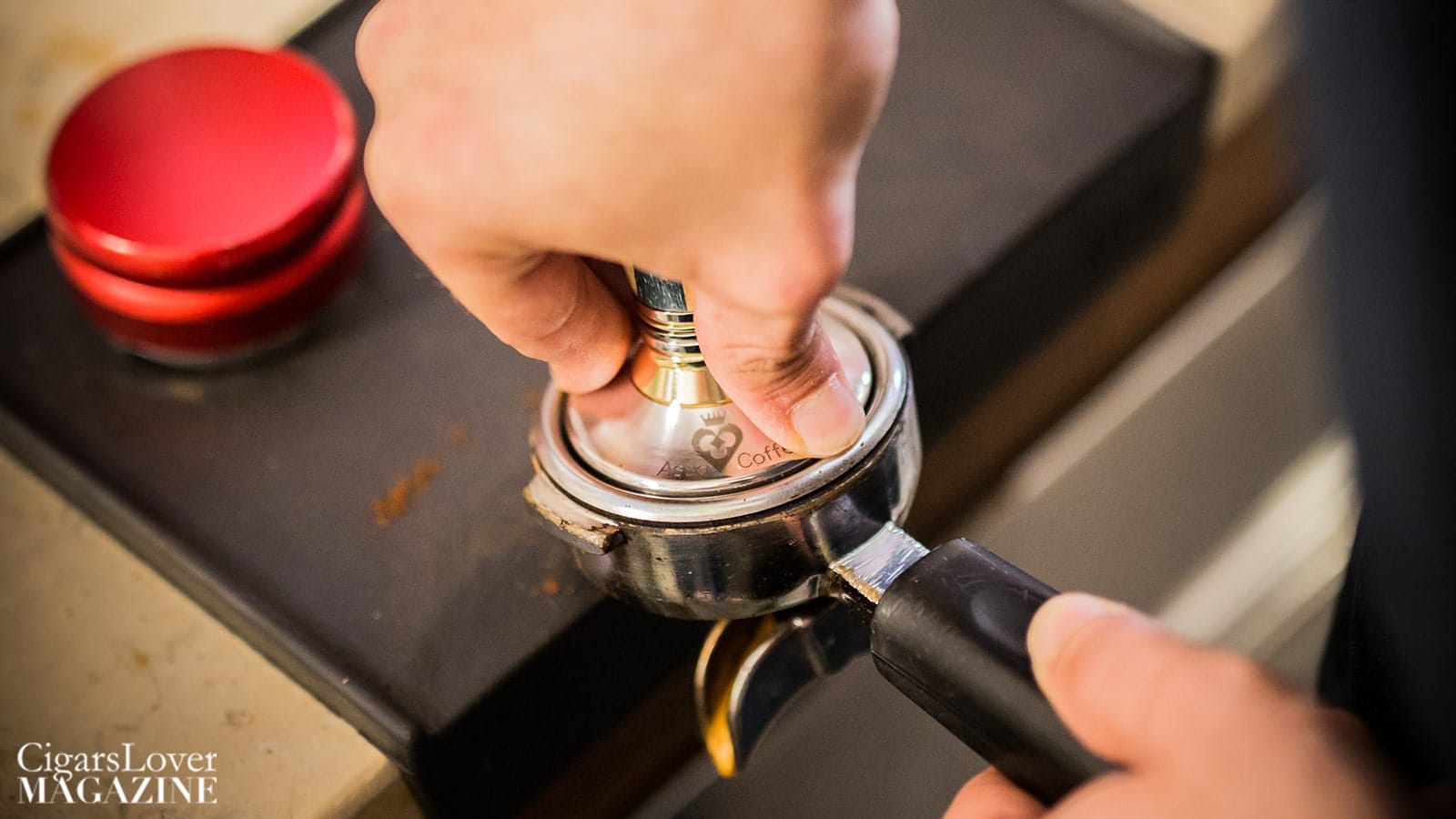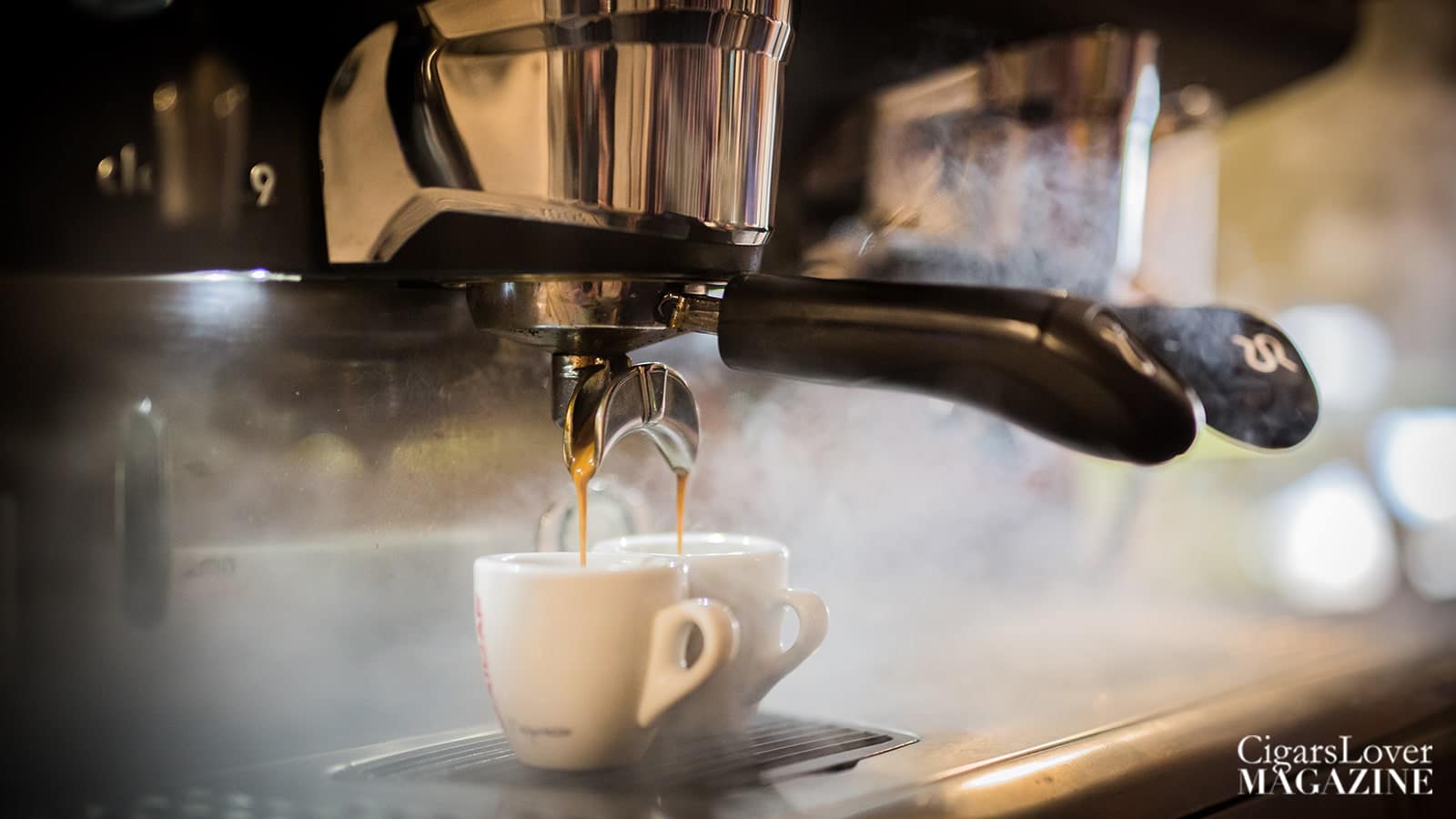
Coffee is the second most traded product category in the world: more than 3 billion cups are served every day. However, not everyone knows that preparing a good espresso is not that simple.
It is necessary to premise that the chemical composition of the coffee, after roasting, is very complex: in the toasted bean there are over 1500 known chemical compounds that make the espresso a unique drink. The espresso, in fact, is characterized by the simultaneous presence of a concentrated black liquid and a thick and compact foam on top of it, this coexistence is mainly due to the high water pressure with which the drink is dispensed, which creates a thick and compact foam called cream.
In the success of an espresso, 140 different variables intervene in a more or less significant way, making this extraction method very difficult to control but extraordinary at the same time, due to the chemical and aromatic complexity it produces in the final product. Tasting an espresso is a real sensory experience, during which all the organoleptic characteristics of the drink stimulate our senses causing an intense pleasure that, in some cases, persists thanks to the aftertaste that remains on the palate. For its caffeine content, but above all for the enormous quantity of chemical and aromatic compounds, it represents in its maximum qualitative expression, a real explosion for our senses, which are pleasantly stimulated by it and which cause electric signals in the brain that unconsciously translates into enjoyment and happiness. Also for this reason quality coffee is something to taste and drink with friends, it is a daily event to be shared.

The feeling that inspires me every time I prepare myself to prepare an espresso, and that I would like to convey to the reader, is the great respect for each of the beans present in the hopper of the coffee mill. Each of them is in fact the result of a laborious and unprofitable work carried out by millions of small farmers in the countries of origin that, in most cases, grow the shrub in conditions of great economic, social and family difficulties.
The coffea canephora, or commonly called “robusta”, is a species more resistant to diseases and parasites with a higher caffeine content, which manages to survive in tropical climates at lower altitudes, where rainfall, humidity and temperatures increase. It is therefore an easier species to cultivate and economically more profitable.
The climate suitable for the Arabica species is, instead, the tropical-mountain, one that is over 900 meters above sea level. Here the temperatures and rainfall are lower, but the temperature range increases between day and night: the fruit matures more slowly, storing more sugars which, in turn, allow the formation of fine aromatic chemicals that give the Arabica coffee a pleasant acidity and produce a clean cup rich in aromas.

The espresso is particularly complex from a chemical point of view and an accurate description requires attention, practice and training. In the organoleptic analysis of the espresso all the senses are involved except the hearing, which has no role in the descriptive reading. Nevertheless, it is always a good idea to taste and describe an espresso in a quiet place, far from sources of noise that can distract and annoy the taster. The espresso is described in 5 steps listed below in chronological order: visual, olfactory, gustatory, tactile aftertaste and retro-olfactory aspect. The visual aspect of the espresso affects the description of the cream in its characteristics of color, texture (size of the micro-bubbles), presence of streaks of darker color also called stripes, consistency and persistence over time. From an olfactory point of view, we describe the intensity of the aromas and their quality through a careful and prolonged phase of nasal perception.

On the palate, after having taken a sip, we describe the gustatory balance in terms of acidity, sweetness and bitterness, together with a tactile evaluation of intensity and quality of the body. Finally, once the coffee is swallowed, the retro-gustatory characteristics and the retro-nasal aromas are described, which characterize the intensity and the quality of the aftertaste. The aftertaste on the palate must persist for quite a long time.
Let’s say that a professional Barista, who takes care of the service, should always keep some rules in mind:
- An espresso is always freshly prepared (“Upon customer’s express request”)
- The quantity of coffee used for the preparation of an Espresso is 7-7.5 grams of coffee; we can even use 9 grams for a specialty Espresso.
- Coffee should be freshly grounded: once grounded, coffee loses 60% of its aromatic characteristics in a few minutes
- The filter holder must always be cleaned of any residue from previous extraction: residues of coffee already extracted bring flavors of bitterness and burnt in the cup; with a brush or a rag, even at peak moments, the professional barista never forgets the quality.
- The coffee panel must be pressed in a uniform and appropriate way, to avoid the consequences of “channeling” (the channeling of water that creates preferential lanes through the coffee panel during extraction).
- Before attaching the filter holder to the dispensing unit, water must be run to clean the nozzles from any residual coffee: otherwise we will have notes of bitterness and burn in the cup.
Depending on the coffee used, a cup is obtained in a standard time ranging from 20 to 30 seconds and the amount of coffee in each cup is by weight, twice the amount used to prepare it: if we use 7gr of coffee, the cup will contain 14 gr of Espresso coffee.
These are the fundamental operation steps, not unimportant, that we can observe to verify the correct extraction of an Espresso. Unfortunately, other fundamental parameters are not verifiable by a customer waiting at the counter because of the maintenance of the machine and filter holders, that are cleaned daily with special products for professional cleaning of the machine. Forget the false myths, according to which the dirtier the machine is the better the Espresso will be and that the products created specifically for cleaning the machines will ruin them.
If the barista prepares our drink paying attention to all the variables, the Espresso that will be obtained will reflect the toasting and variety characteristics present in that mixture, or Single Origin/Specialty Coffee. Do not hesitate to ask for information about the variety of Arabica coffee used, the geographical origin, the name of the producer, the processing system (if natural or washed), the type of roasting and the recipe used to prepare it with consequent flavor notes: if the barista is able to answer, it means that he has invested time and money to offer more quality to his client, who can thus access a journey to discover distant countries and people, at the price of a few euros.

